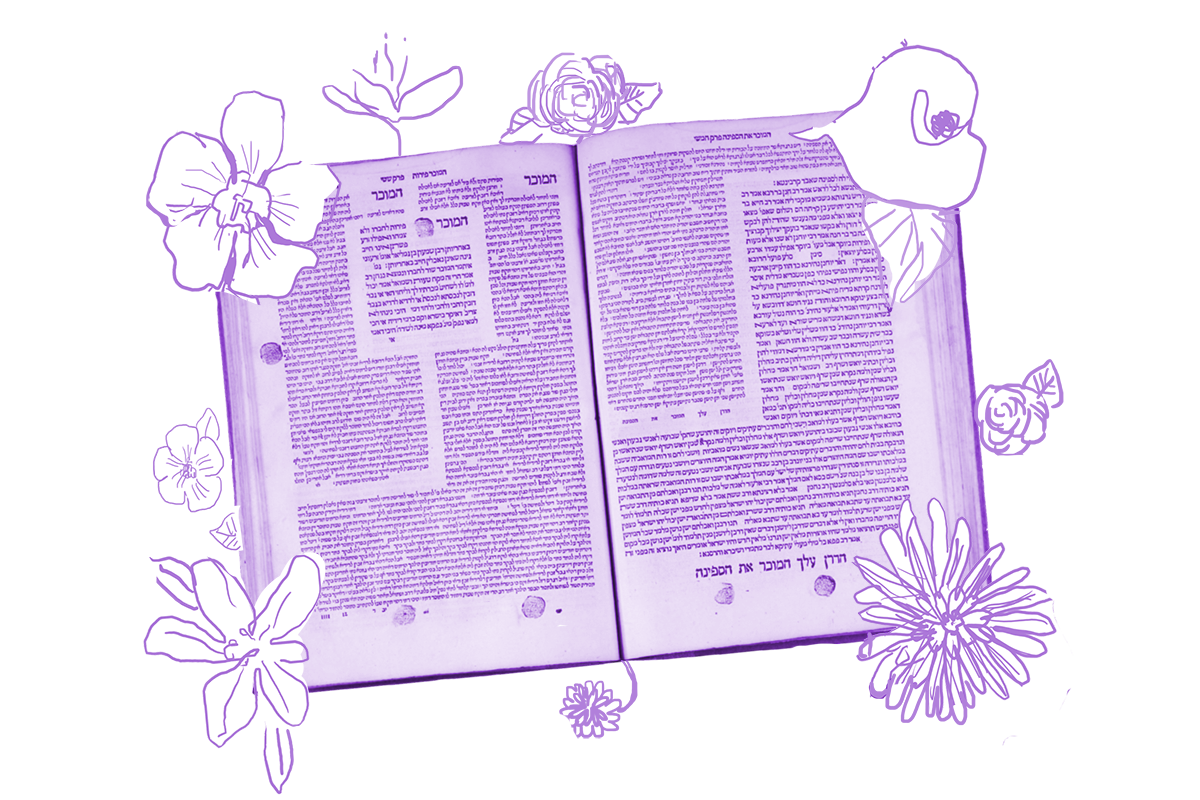We have already learned that if an ox with no history of violence gored another ox, the gorer’s owner is liable to pay only half the cost of damages. But today’s daf reminds us the value of an ox is not stable and depends on both the characteristics of a specific ox and on market conditions.
The sages taught: An ox worth two hundred dinars that gored another ox worth two hundred and injured it by fifty dinars , and it appreciated, and stood at four hundred dinars, while if it had not injured it, it would have stood at eight hundred dinars. He gives him according to the time of the injury.
This complicated situation raises the question of how we calculate damages when the value of an ox changes. Do we calculate it from the moment of goring, which in this case would stand at a lost value of 50 dinars? Or do we calculate the financial impact of the damage over time, which would total 400 dinars (the difference between its actual appreciated value and the amount it would have been worth had it not been gored)?
According to the teaching quoted above, in a case where the gored ox’s value appreciated, the owner of the ox who has never gored before is required to pay half the value of the damage at the time of the incident — that is, 25 dinars. But of course, just as oxen can appreciate over time, they can also depreciate. So the tradition continues:
With your help, My Jewish Learning can provide endless opportunities for learning, connection and discovery.
Depreciated — according to the time of standing trial.
Here’s where things get interesting. Now the owner of the ox that gored is required to pay the difference not between the gored ox’s value before the incident and immediately afterward, but the difference between the gored ox’s value before the incident and its value after its depreciation.
But why? After all, it’s not the owner of the goring ox’s fault that this ox depreciated in value. Or is it?
Due to what did it depreciate? If we say that depreciated due to labor, let him say to him: You reduced its value and I should give?
The Talmud raises the possibility that the ox that was gored depreciated in value due to its owner’s continued usage, but then rejects it. After all, if an animal is weakened or injured due to its owner’s behavior, why should someone else be liable to pay for it? So the tradition here is clearly not discussing this situation.
Rav Ashi said: where it depreciated due to the wound, as he can say to him: The horn of your ox is buried in it!
Why would a specific ox depreciate in value? Because of the continued complications of being gored. In such a case, it makes sense that the owner of goring ox should be liable to compensate the owner for the full value of the depreciation.
One area of damages that we’ve begun to discuss, and that the Gemara will address in more depth in future chapters of this tractate, is the long-term effects of an injury. The Gemara is going to discuss how we assess the long term effects of an injury on a human, but here Rav Ashi reminds us that, when it comes to complicated injuries with long-term effects, oxen and humans are not actually all that different.
Read all of Bava Kamma 34 on Sefaria.
This piece originally appeared in a My Jewish Learning Daf Yomi email newsletter sent on December 6th, 2023. If you are interested in receiving the newsletter, sign up here.



